Tech Earnings Push S&P 500 and Dow to New Heights Amid Global Currency Shifts | Daily Market Analysis

Key events:
- USA - US Leading Index (MoM) (Sep)
- USA - FOMC Member Kashkari Speaks
The S&P 500 and Dow Jones Industrial Average hit new highs as investors processed a fresh round of corporate earnings. The Dow rose by 37 points (0.1%) to close at 43,275.91, while the S&P 500 climbed 0.4% to a record 5,864.67. The NASDAQ Composite gained 0.6%. These positive movements followed stronger-than-expected earnings reports, creating a more optimistic outlook as major technology companies are set to release their results.
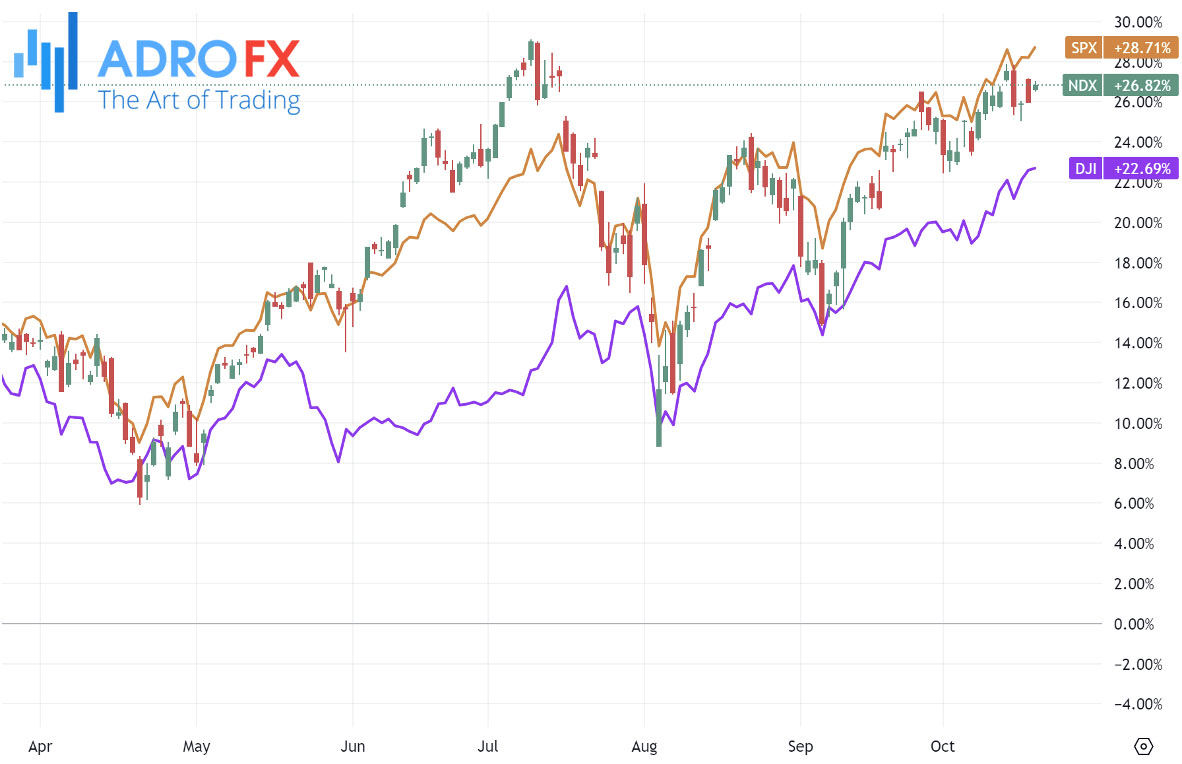
One of the top performers driving sentiment was Netflix (NASDAQ: NFLX), which surged by more than 11% after exceeding subscriber growth expectations in its third-quarter earnings. This marks a significant win for Netflix as its strategic pivot toward ad-supported subscriptions has shown strong results. These new subscription tiers have become more popular than initially anticipated, providing a new growth path for the company.

With Netflix’s upbeat performance, investor confidence in the broader tech sector has increased, especially with key companies like Alphabet (NASDAQ: GOOGL), Tesla (NASDAQ: TSLA), and Amazon (NASDAQ: AMZN) set to report their results in the coming days. If these tech giants meet or surpass expectations, they could drive the S&P 500 and other indexes to even higher records.
In currency markets, the Australian Dollar has continued its upward trend against the US Dollar, marking its third consecutive session of gains. This rise can be attributed to China’s recent rate cuts, which are seen as an effort to stimulate its slowing economy. As Australia’s largest trading partner, China’s economic health significantly impacts the AUD. With the People’s Bank of China cutting its Loan Prime Rates, markets expect stronger demand for Australian exports, particularly in commodities like iron ore and agriculture.
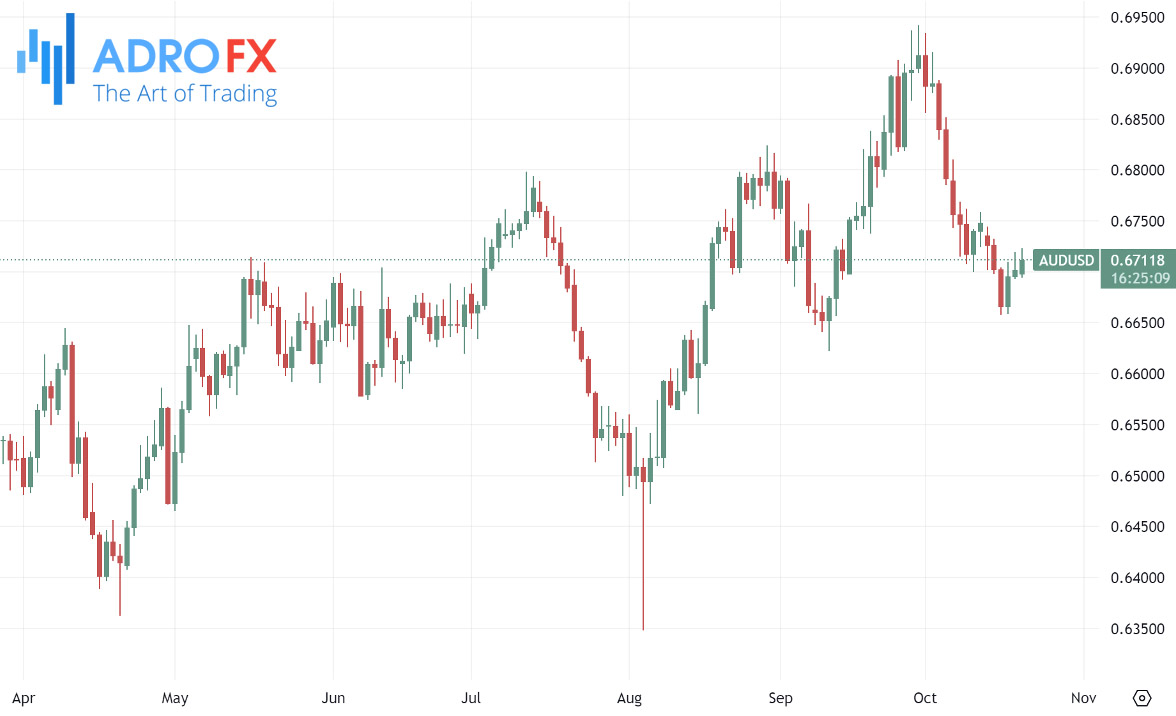
Additionally, solid employment data out of Australia has reduced the chances of the Reserve Bank of Australia cutting rates this year, which further supports the AUD. RBA Deputy Governor Andrew Hauser emphasized that while the central bank is monitoring economic data closely, it’s not “data-obsessed,” meaning it won’t act too hastily on rates without fully considering the broader economic outlook.
Meanwhile, the Japanese Yen gained against the US Dollar for the second straight day, supported by safe-haven demand amidst global uncertainties. Growing geopolitical risks have pushed investors toward the Yen as a protective asset. Japanese officials have also hinted at potential intervention to prevent further weakening of the currency, which has recently been at multi-month lows.
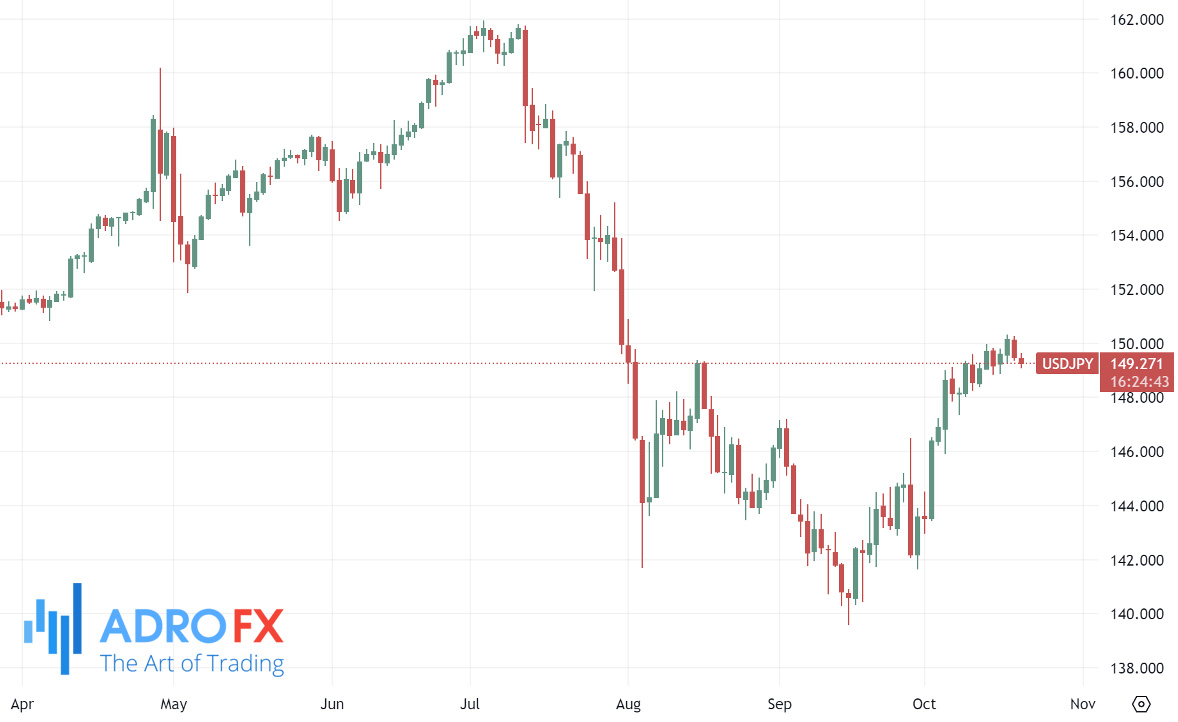
However, the strength of the Yen could be limited by the Bank of Japan’s cautious approach to tightening monetary policy. Governor Kazuo Ueda has noted that the outlook for Japan’s recovery remains uncertain, signaling that the BoJ will likely maintain its accommodative stance for the foreseeable future.
The Canadian Dollar faced pressure as traders prepared for the Bank of Canada’s upcoming interest rate decision. The USD/CAD pair moved above 1.3800, reflecting a weaker Canadian Dollar. Market participants expect the BoC to cut rates by as much as 50 basis points in response to easing inflation and signs of a cooling labor market.
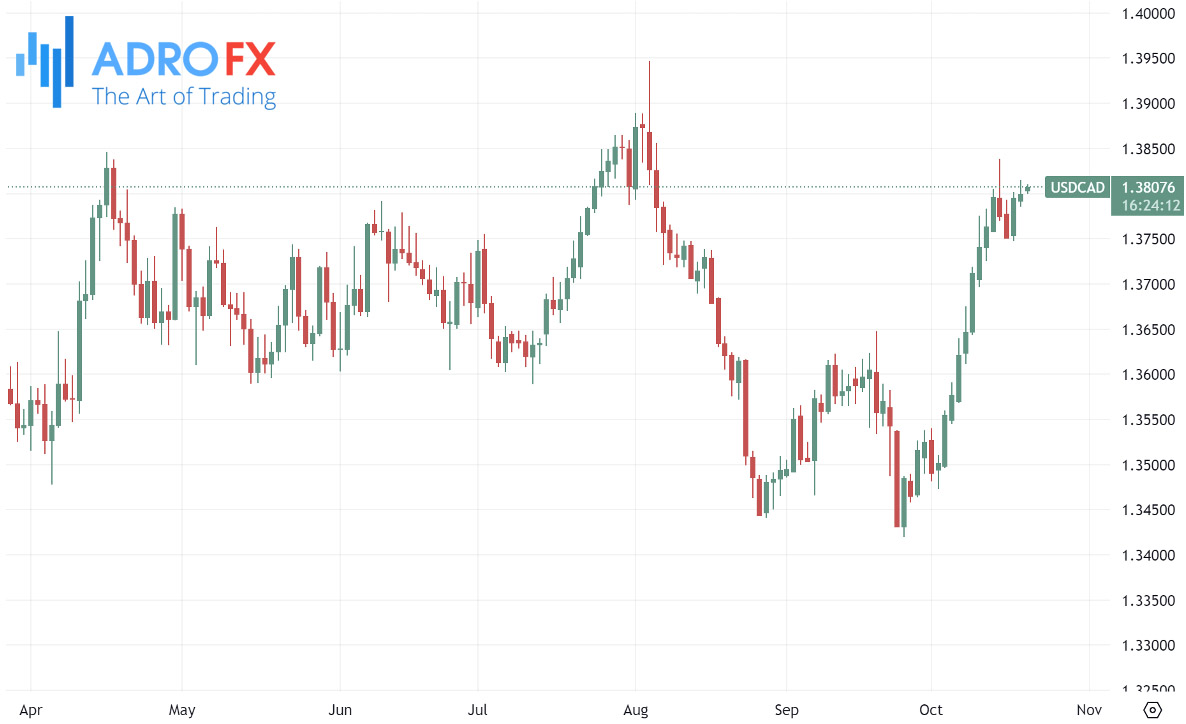
The drop in crude oil prices has also weighed on the CAD, with West Texas Intermediate (WTI) crude oil falling to around $69.00 per barrel. Canada, being a major oil exporter, often sees its currency move in tandem with fluctuations in global oil prices.
The New Zealand Dollar gained ground, trading near 0.6075 against the USD, benefiting from China’s stimulus measures. New Zealand’s economy, like Australia’s, is heavily tied to China’s growth, so the recent rate cuts in China have bolstered optimism for increased demand for Kiwi exports.
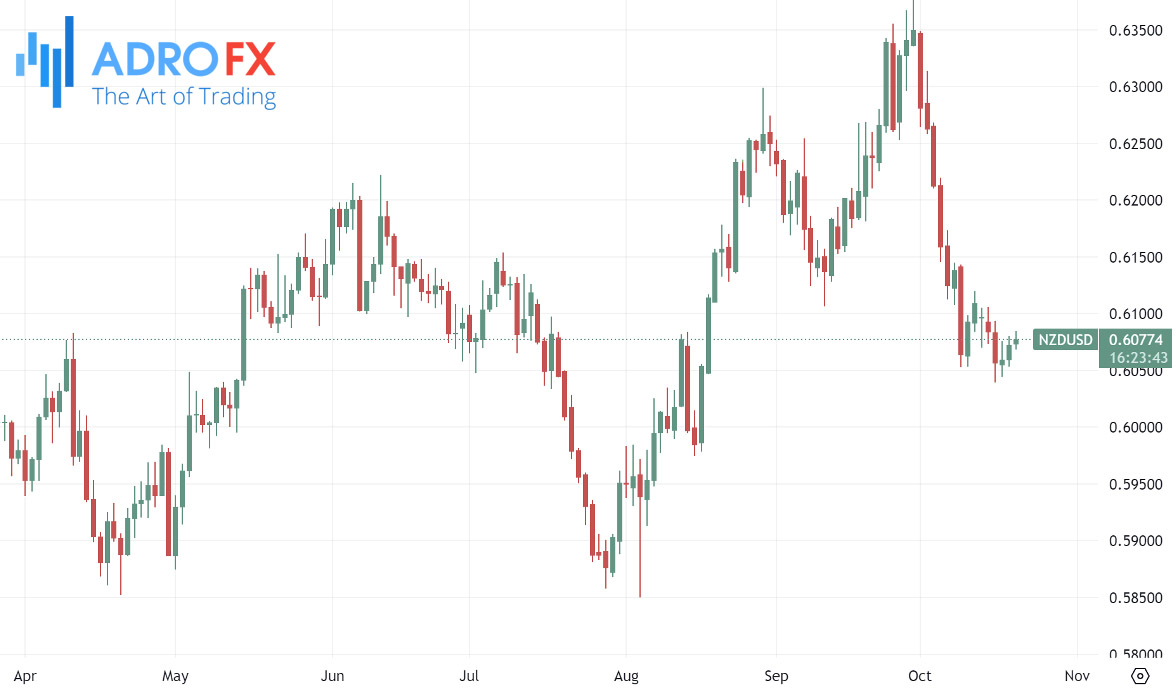
However, there are expectations that the Reserve Bank of New Zealand could implement further rate cuts, which might cap gains for the NZD. Inflation in New Zealand has eased within the central bank’s target range, which could prompt the RBNZ to maintain an accommodative stance in the near term. Still, a weaker US Dollar, driven by expectations of additional rate cuts from the Federal Reserve, could support the Kiwi.
With major tech companies like Alphabet, Tesla, and Amazon set to report their earnings, the coming days will likely determine whether the S&P 500 and NASDAQ can continue their upward momentum. Investors are also keeping a close eye on central bank policies globally. The Bank of Canada’s upcoming decision, as well as developments from the Bank of Japan and the Federal Reserve, will shape the direction of the currency and bond markets.
As global markets continue to digest corporate earnings and central bank moves, volatility could increase in both stock and currency markets. Investors will need to remain vigilant, especially in sectors that are highly sensitive to changes in interest rates and consumer behavior.









